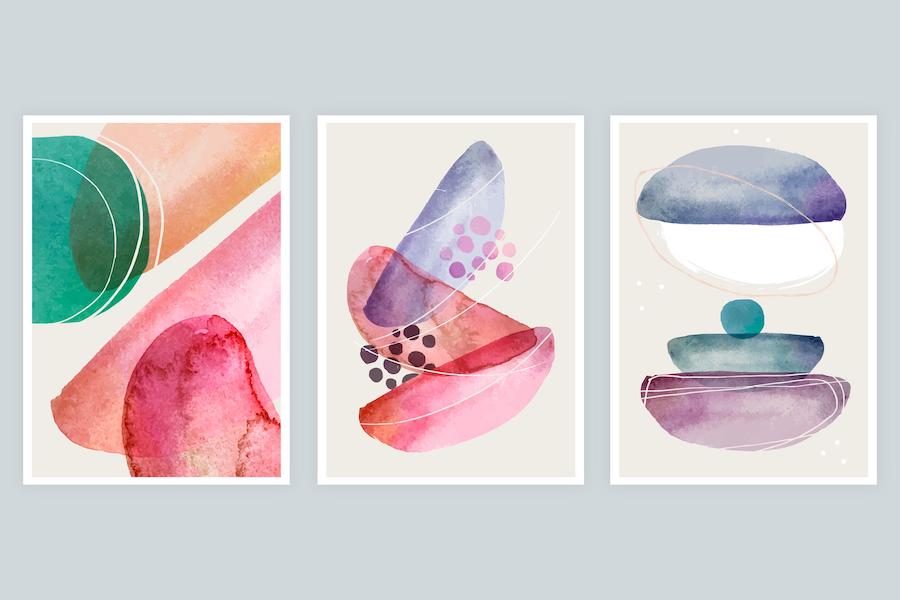What is the purpose of a reverberation tent chamber?
In the vast world of music production and sound recording, there is one essential component that often escapes the attention of the general public: acoustics. And among the tools used to modulate and control the acoustics of a space, there is one technology that shines through in its versatility and appeal, the reverberation tent chamber. This is a tool designed to simulate different characteristics of sound reverberation and reflection, providing a controlled environment for audio recording and production. Its structure generally consists of reflective walls, ceiling and floor, as well as panels that can be moved to vary the acoustic characteristics of the interior space. Operation is based on the ability to control the reverberation and reflection of sound through the use of acoustically reflective and absorbent materials. When sound is emitted inside the chamber, it interacts with the reflective surfaces, creating reverberations and reflections that characterise the acoustics of the space.
Functions and applications
The walls, ceiling and floor of the reverberation tent chamber are usually covered with highly reflective materials such as wood panels, metal or acrylic materials. These surfaces reflect sound, helping to create controlled reverberations and reflections. To regulate the intensity of the reverberation and control unwanted frequencies, acoustic absorber panels are used. These panels are usually strategically placed along the walls of the chamber and can be moved to alter the room acoustics. In addition, the flexibility of the chamber structure allows its size and shape to be varied to suit specific recording needs. Movable panels also allow the amount of sound reflection and absorption to be adjusted. They are eventually used to capture musical performances with controlled reverberation, adding depth and dimension to recorded sound. Or in film, controlled reverberation can be instrumental in creating realistic and immersive environments.



